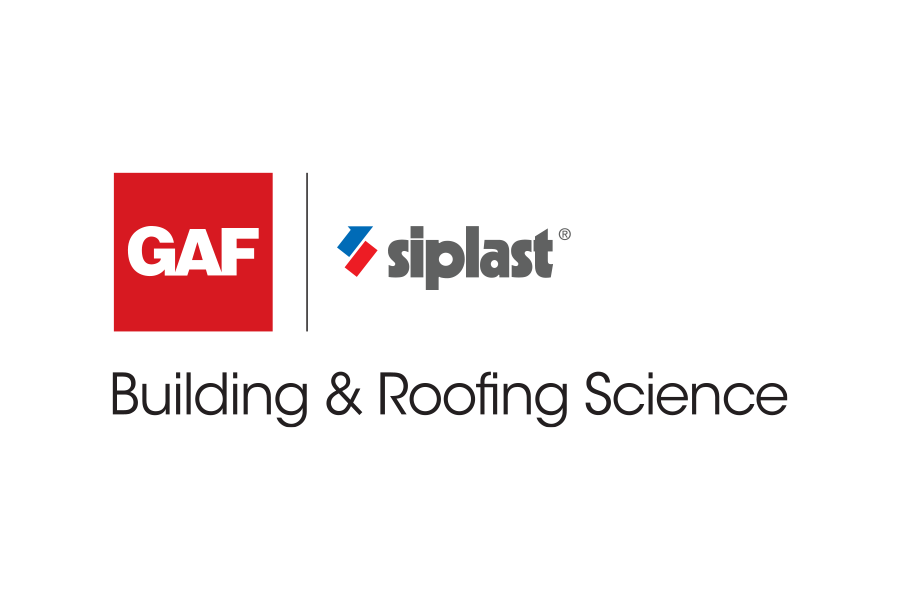Go with the Flow: Tapered Insulation Fundamentals
Coverboards such as gypsum have a high compressive strength and do not have any insulating property that can be applied to the insulation assembly. However, coverboards made of high-density polyisocyanurate are designed to have a high compressive strength such as 80 or 110 PSI and also have an R-value that can be applied to the overall insulation assembly. If the project resides in a region where all the aforementioned lessons in building the insulation assembly can be applied with the addition of a high-density polyiso cover board, it allows the assembly to be fine-tuned to a level that is not typically considered.
A reduction in material height of over 1-inch is critical to all parties involved in the roofing assembly, from the building owner to the architect specifying heights, to the roofing professionals tasked with installing the design. Tapered insulation systems offer a cost-effective solution to achieving positive slope and improved drainage in new roof systems and existing roof replacement applications. These panels work in conjunction with each other to create a positive slope on an otherwise flat roof. An efficient rainwater mitigation strategy that includes both proper drainage and elimination of ponding water is critical to the long-term performance and durability of a roof system. And by adding positive drainage with tapered panels, the building’s roof can be insulated to the local code and project requirements. Quality is key—proper design, detailing, and installation of products must be part of the tapered roof system design to prevent water infiltration because of ponding water that can shorten the service life of the membrane. The best protection of investment is to utilize a tapered design professional who can give regional expertise and insight to help build the best design as well as insulation assembly for the project goals at hand.
When it comes time to specify tapered polyisocyanurate insulation system in a project specification, it is important to remember three key goals.
- Do you have an overall R-value you wish to achieve in the system?
- What is the desired slope you want on your roof?
- And most importantly, what is the performance expectation of the tapered roof system vs budget to shape the best solution for the client?
Veronika Chwieroth, is a Senior Sales Design Specialist for GAF with expert regional insight for tapered insulation systems, and an alumna of Parsons School of Design.
End Notes
1Seward, Aaron. Architect Magazine, “When It Leaks It Pours,” June 2011.
2McCloskey, Christopher L., Bricker Construction Law, “Defective Work: What to do when the roof leaks?,” Summer 2011 Newsletter.
3 2018 International Building Code (IBC).
4 International Living Future Institute, LBC Red List.
5 UL 1256, 4th Edition, January 12, 2007—UL Standard for Safety Fire Test of Roof Deck Constructions.
6 FM Approval 4450, Class I Insulated Steel Roof Decks, February 1, 1989.
7 2021 International Energy Conservation Code, Chapter 4 Commercial Energy Efficiency.
8 2015 International Energy Conservation Code, Section C402.2.2 Roof Assembly, 1-inch Rule.








